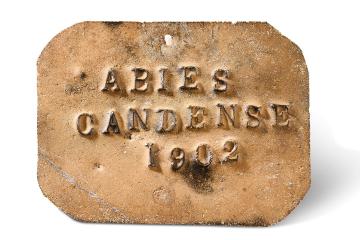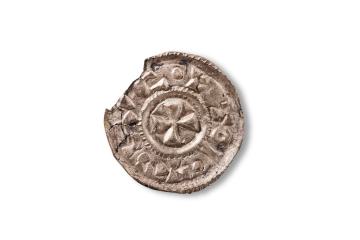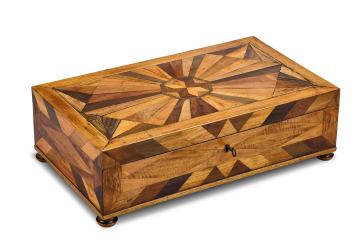Search
-
 ©
NMAG
©
NMAG
Tree Label
Tree label identifying a Hemlock spruce, part of the arboretum planted by the Sotheby family of Ecton Hall.
1902 Modern
-
 ©
NMAG
©
NMAG
Viking Silver Coin
There is limited evidence of Viking influence in Northamptonshire and despite being minted during Viking rule this silver coin from Northampton depicts an Anglo-Saxon king.
Anglo-Saxon 895 CE-915 CE Roman and Early Medieval
-
 ©
NMAG
©
NMAG
William Knibb's Box
Wooden box presented to William Knibb (1803 - 1845), Baptist minister and abolition campaigner.
Victorian 1838 Modern
